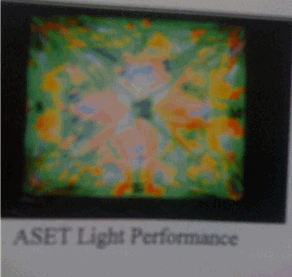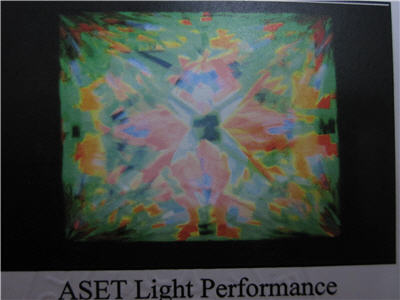ChunkyCushionLover
Ideal_Rock
- Joined
- Jun 21, 2009
- Messages
- 2,463
Date: 5/26/2010 4:28:49 PM
Author: John Pollard
Yes - and GIA and AGSL both favor round brilliants with tables smaller than 63%.Date: 5/26/2010 3:27:22 PM
Author: Rockdiamond
...would you ( John or Neil) say it's accurate that AGS favors stones with a tables smaller than 70%?
'Hey! I know people who like RBs with 65 or 70% tables...' Are they wrong to like them? No way. But it's fair to say that modern grading metrics note that some visual components may be reduced in such diamonds. Fine. Viva le difference.
GIA doesn't have a metric for princess cuts. When it comes out I'll be surprised if the upper threshold for table size differs much from AGSL, the old AGA charts and current ray-tracing studies; at or near 70%. Remember that AGSL and GIA are within 1% on the upper end for round brilliant table size allowed (Ideal/Ex): In fact candidates for AGS0 range from 47-61% while candidates for GIA EX are limited to 52-62%. AGSL allows more table sizes but has fewer configurations possible since their metric follows the inverse c/p cutter's line more closely.
Back on point: AGSL will award 0 in light performance if the diamond meets minimum requirements for brightness, dispersion & contrast without too much light loss through the pavilion, regardless of table size. Logically at some point increasing the table size can prevent top dispersion/contrast. In RBs the top number (AGSL and others) is around 63%. In Princess cuts (AGSL and others) that threshold is around 71%.
I've seen AGS 0 graded princess cuts with 72%+ tables (even some WF ACA), on the AGS website (which may be a bit dated 2005) they even include some suggested guidelines where 80% table was theoretically possible to still achieve AGS 0. Could you please clarify how you came up with that 71% number. It is intuitive that as the table size increases the crown height and angle decreases, at some point some of the cumulative deductions (brightness, contrast, dispersion, leakage) will add together so that the stone falls out of the AGS ideal standard, but it is my understanding that this point is not defined by any numerical threshold such as table% unless a deduction for durability will be made for crown angles less than 30 degrees or too thin a girdle.
'Hey! I know people who like PCs with 75% or 80% tables...' Are they wrong to like them? No way. But it's fair to say that modern grading metrics note that some visual components may be reduced in such diamonds. Fine. Viva le difference.








300x240.png)